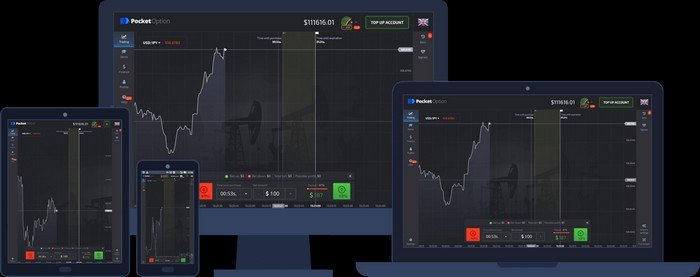Mastering Momentum The Bollinger Bands Wave Strategy

Bollinger Bands Wave Strategy
The Bollinger Bands Wave Strategy is a dynamic trading approach that utilizes the volatility measures provided by Bollinger Bands to identify market trends and potential reversal points. This strategy caters not only to seasoned traders but also to newcomers, offering a comprehensive understanding of price movements influenced by volatility. If you’re eager to enhance your trading capabilities, delve deeper into the fundamentals of this strategy at Bollinger Bands Wave Strategy https://pocket-option.guide/volnovaya-strategiya-bollinger-bands/.
What Are Bollinger Bands?
Bollinger Bands are a technical analysis tool developed by John Bollinger in the 1980s. They consist of a middle band (an SMA or Simple Moving Average), an upper band, and a lower band. The upper and lower bands are typically set two standard deviations away from the SMA, capturing approximately 95% of price action in a volatile market. This makes the Bollinger Bands an invaluable tool for assessing market volatility and potential price movements.
Understanding the Wave Concept
The Wave concept in trading is rooted in the idea that markets move in waves. Traders often observe that price movements create cycles that can be identified through various patterns and indicators. The Bollinger Bands Wave Strategy marries this concept with the mechanics of Bollinger Bands to create a robust trading system. By analyzing how price interacts with the bands, traders can better anticipate potential breakouts or reversals.
How to Implement the Bollinger Bands Wave Strategy
To effectively utilize the Bollinger Bands Wave Strategy, traders must follow several steps:
- Select the Right Timeframe: Choose a timeframe that aligns with your trading style. For short-term trading, the 15-minute or hourly charts may be more appropriate, while swing traders might prefer daily or weekly charts.
- Set Up Your Bollinger Bands: Apply the Bollinger Bands indicator on your chosen chart. The standard settings (20-period SMA and 2 standard deviations) are often a good starting point. However, feel free to adjust these settings to fit your trading strategy.
- Observe Price Action: Pay close attention to how price interacts with the upper and lower bands. When price touches the upper band, it may indicate overbought conditions, while price touching the lower band may suggest oversold conditions.
- Identify Wave Patterns: Look for wave patterns in conjunction with Bollinger Bands. For example, if the price has formed a series of lower highs while bouncing off the upper band, it may indicate a potential reversal toward the downside.
- Confirm with Additional Indicators: While the Bollinger Bands Wave Strategy can be used standalone, adding extra indicators can refine your entry and exit points. Consider using oscillators like the Relative Strength Index (RSI) or MACD for confirmation.
- Execute Your Trade: After confirming a potential setup, execute your trade. Set your stop-loss just outside the opposite Bollinger Band to limit potential losses, and consider taking profits at key support or resistance levels.

Advantages of the Bollinger Bands Wave Strategy
This strategy offers several advantages:
- Combines Volatility and Trend Analysis: By utilizing both Bollinger Bands and wave patterns, traders can make more informed decisions based on current market conditions.
- Flexible Application: The strategy can be applied across various markets (stocks, Forex, commodities) and timeframes, making it adaptable to different traders’ needs.
- Risk Management: The use of Bollinger Bands allows for strategic stop-loss placement, aiding in effective risk management.
Challenges and Considerations
Despite its benefits, traders should remain cognizant of the challenges associated with the Bollinger Bands Wave Strategy:
- False Signals: Like any technical strategy, there is a risk of false signals. It’s crucial to combine the strategy with additional confirmations.
- Market Conditions: In ranging markets, the strategy may yield more whipsaws, leading to potential losses. It’s essential to evaluate market conditions before applying the strategy.
- Emotional Discipline: Trading can be emotional, and sticking to a strategy amidst market volatility requires discipline and a clear mindset.
Conclusion
The Bollinger Bands Wave Strategy is a powerful tool for traders looking to harness market volatility and identify potential trading opportunities. By understanding price action and utilizing the framework provided by Bollinger Bands, you can develop a clearer view of the market. Keeping in mind the advantages and challenges of this strategy will equip you with the knowledge needed to enhance your trading performance.
As you embark on your trading journey, consider experimenting with the Bollinger Bands Wave Strategy to see how it fits your trading style. Over time, with practice and refinement, this strategy can potentially lead to increased profitability and success in your trading endeavors.

Deixe uma resposta
Want to join the discussion?Feel free to contribute!